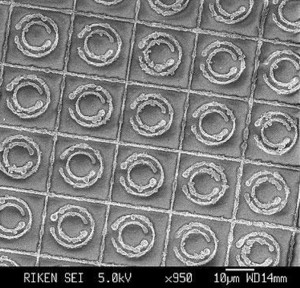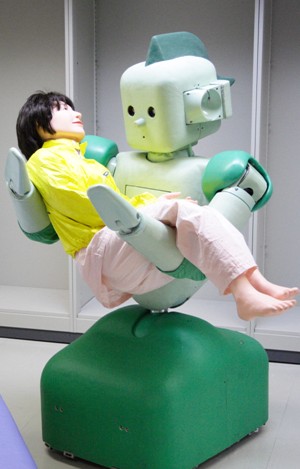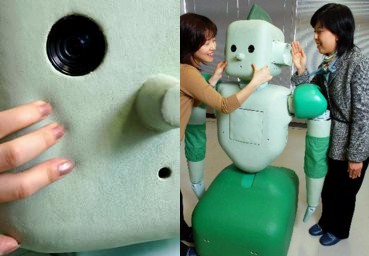
On June 19, Japan's Institute of Physical and Chemical Research (Riken), SGI Japan and Intel announced the development of a supercomputer with a theoretical peak performance of 1 petaflops (one million billion floating point operations per second). Known as the MDGRAPE-3 (or the Protein Explorer), the computer system is designed to perform molecular dynamics simulations of such phenomena as non-bonding interactions between atoms.
The system consists of 201 units equipped with 24 of RIKEN?s MDGRAPE-3 LSI chips for molecular dynamics simulation (total of 4,808 chips), which are connected to 64 parallel servers equipped with 256 of Intel's Xeon 5000-series cores and 37 parallel servers equipped with 74 Xeon 3.2 GHz cores.
In the future, RIKEN plans to further upgrade the system with Xeon 5100-series processors (codenamed Woodcrest), and testing is now underway.
The LINPACK Benchmark, which is the standard for the Top 500 List, could not be performed on the system, so the performance cannot be compared directly with the world's other top supercomputers. However, the system's theoretical peak performance of 1 petaflops will set the computer firmly at the top of the list, with a speed about three times that of IBM's BlueGene/L at Lawrence Livermore National Laboratory (currently No.1 on the list).
The system will be unveiled to the public on June 24 at RIKEN's Yokohama laboratory.
[Source: IT Media]

 When light passes through material such as glass, a portion of its energy is lost as it reflects off the material's surface. Researchers at Japan's Institute of Physical and Chemical Research (
When light passes through material such as glass, a portion of its energy is lost as it reflects off the material's surface. Researchers at Japan's Institute of Physical and Chemical Research (
 More details about
More details about 